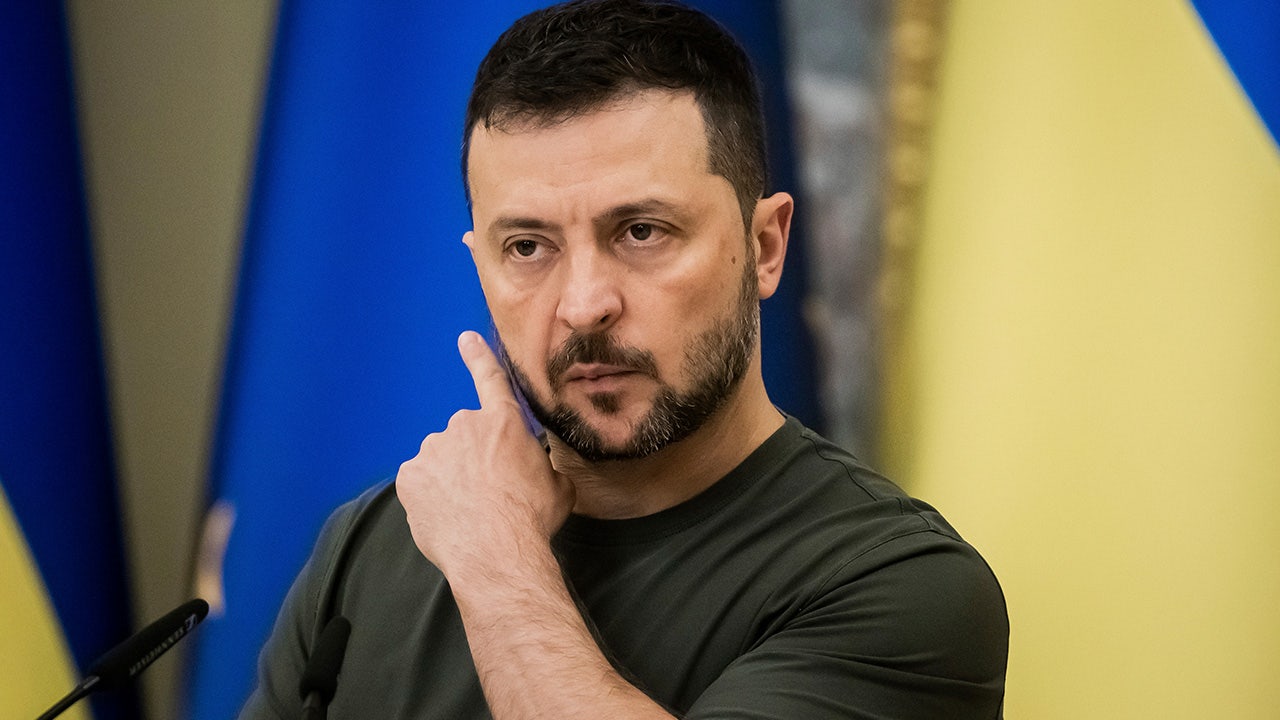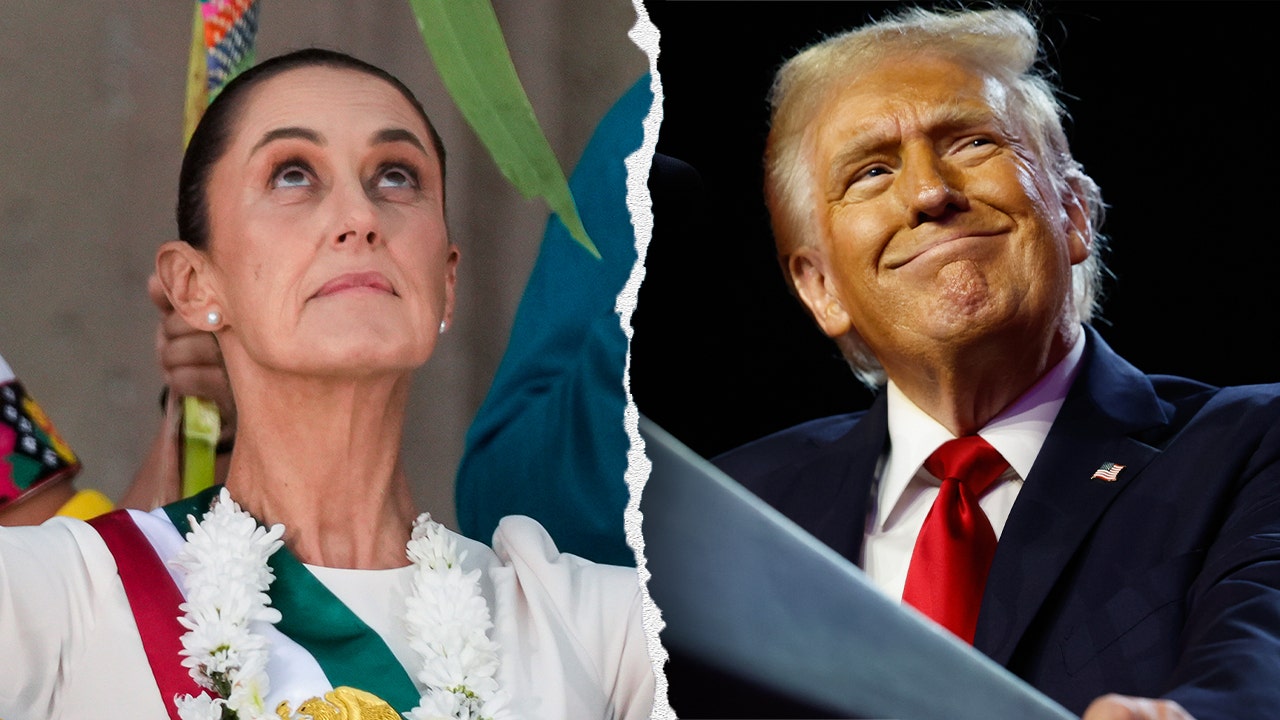U.S. leads strikes against Houthis
The U.S. said yesterday that it had destroyed an anti-ship cruise missile that belonged to the Houthis in Yemen. It was the third straight day that the U.S. and its Western allies had targeted Iranian-backed armed groups in the region.
The Houthis have vowed to respond to Western strikes. On Saturday, the U.S., Britain and a handful of allies said they had hit 36 Houthi targets in 13 locations in Yemen — the latest effort to deter the Houthis from attacking ships in the Red Sea.
The U.S. also bombed seven sites in Syria and Iraq that were linked to militias with close ties to Iran, a significant escalation in its use of force. The retaliatory strikes were aimed at Iranian forces and the militias they support, and came after a drone attack in Jordan killed three U.S. soldiers late last month. Yesterday, top U.S. national security officials said President Biden had ordered further retaliatory strikes.
Analysis: The U.S. has refrained from attacking Iran itself, which analysts say is meant to avoid a broader war. Iran has also signaled that it wants to lower the temperature in the region.
In Gaza: A photojournalist spent weeks with five Palestinians whose lives had been shattered by the war. See the photos.
Ukraine fights a relentless foe
Ukrainian troops are outmanned, outgunned and digging in as they fight Russian troops at the hot spots on the eastern front line. Russia is trying to overwhelm the Ukrainians with sheer mass at a time when U.S. military support to Ukraine has ceased.
“They come in waves,” a Ukrainian lieutenant said. “And they do not stop.”
Because they are critically short of ammunition, Ukrainian troops cannot afford to fire at only one or two advancing enemy soldiers. So the Russians now move forward in small numbers, trying to amass enough soldiers to storm a Ukrainian trench.
But Russia is making only marginal gains, despite pouring enormous resources into the fight. More than 13,000 Russian soldiers were killed or wounded in only two months of operations aimed at capturing the ruined city of Avdiivka.
In Russia: A cat who died after it was thrown from a train has become an outlet for public grief in a country where people increasingly tune out negative news. It’s also a useful distraction for the Kremlin.
The arsenal was a long-term goal of Xi Jinping. He has doubled its size to roughly 500 warheads, with more to come. The weapons could also shape the future of Taiwan — if China gained confidence that it could use their existence to limit Western intervention in any conflict.
THE LATEST NEWS
Asia Pacific
Young Chinese are flocking to the mountain city of Dali, sometimes known as “Dalifornia.” It has become an oasis for the disaffected, the drifters and the curious who are trying to escape the cutthroat competition and suffocating political environment of China’s megacities.
How Modi dominates Indian television
The grand opening of the dazzling Ram temple in Ayodhya, India, featured Bollywood and entertainment royalty, gurus and influencers, laser lights and bone-jarring beats. About a dozen national television channels tried to outdo one another in what for most has become a guiding mission: to shine a favorable spotlight on Prime Minister Narendra Modi’s every move.
India’s broadcast media, which receives ample government advertising money, has been enlisted in an image-building machine that glorifies the prime minister as an infallible, godlike leader. News of setbacks — Chinese encroachment on Indian border territory, deadly ethnic conflict in a northeastern region, unequal economic growth that is not producing enough jobs — is rarely discussed on TV.
On display for the millions tuning in during Modi’s address at the temple was the full range of his skills as a communicator. But posing questions to a prime minister is a thing of the past; Modi has not held a proper news conference in the decade since he took charge.





